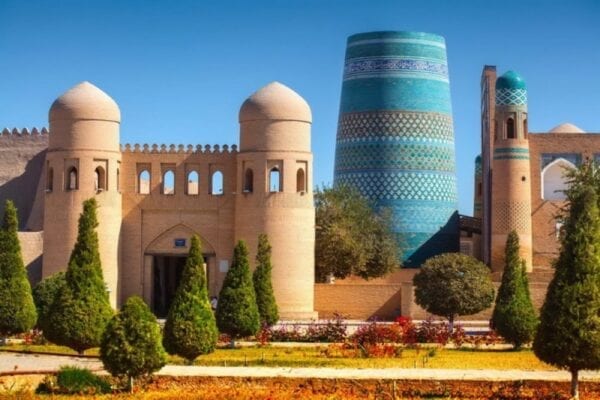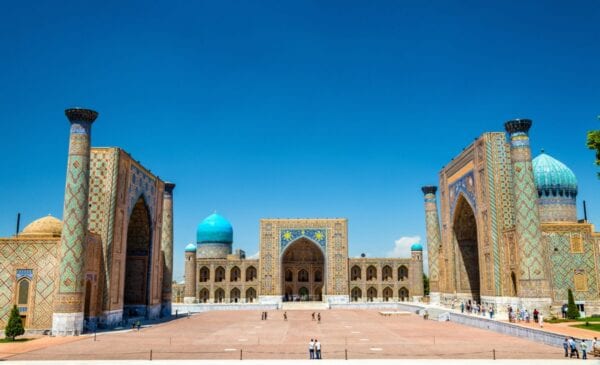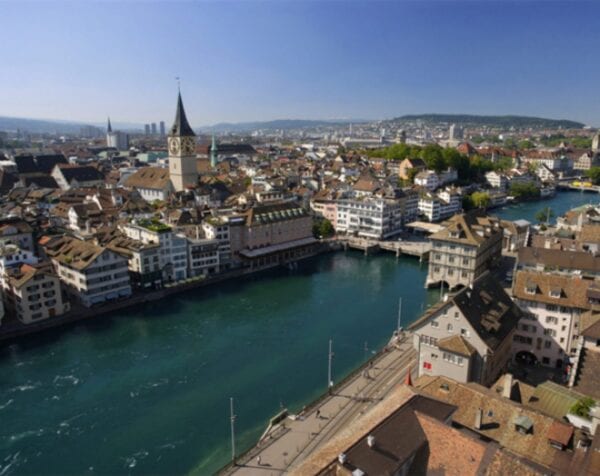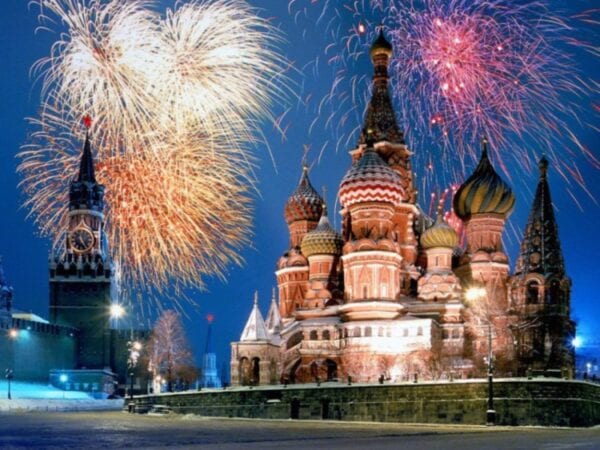 11, Ноябрь, 2017
11, Ноябрь, 2017Interesting facts from the life of the peoples of Western Siberia
For more than a decade, the subject of the history of cultural development of the Finno-Ugric peoples inhabiting the vast territories of Western Siberia has been discussed in Russian scientific and historical literature. In addition to their linguistic community, many interesting facts from the life of the peoples of Western Siberia indicate that they also had significant differences, mainly determined by methods of economic activity.
Peoples of Western Siberia: interesting facts about their settlement
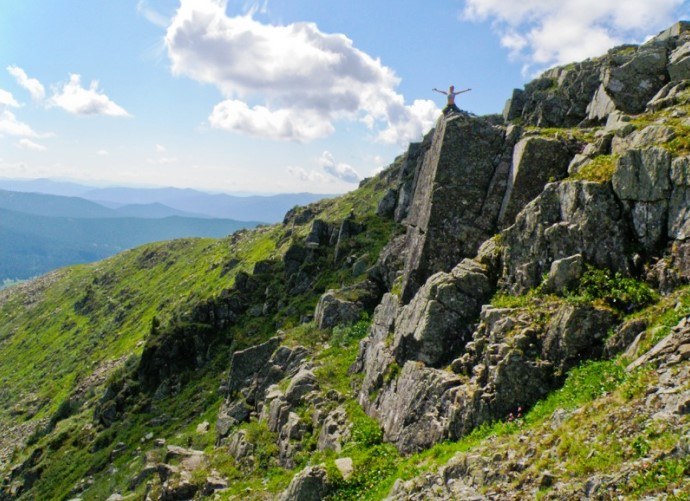
In particular, according to many researchers, many interesting facts from the life of the peoples of Western Siberia confirm that all of them could be conditionally divided into two main groups that, depending on the territory, were engaged in one or another type of fishing. One of these groups can be attributed to the Mansi and Khanty people, who in the forest zone were engaged in hunting for a large horned animal and sedentary fishing. What can already be classified as the most interesting facts of the world.
At the same time, it is worth noting the very thing in this history that during the period under review the climatic conditions differed significantly from modern ones, and for the same archaeological data the forest belt, consisting mainly of spruce trees, stretched almost to the Arctic Circle and, naturally, abounded in various animals, including moose and deer.
Interesting archaeological finds
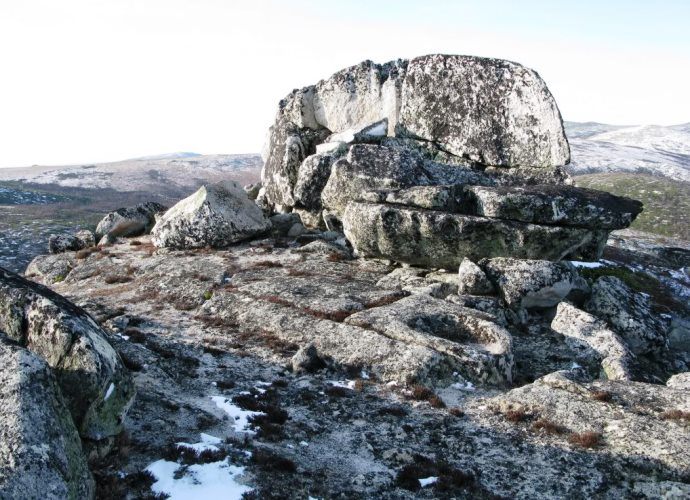
This fact is mixed with bone figures and images on ceramics of animals, which have quite a lot in common with images of moose, deer and wild boar. In addition, the prevalence of this type of fishery is also evidenced by archaeological finds in the form of arrowheads, elements of hunting bow, bone handles of iron and stone knives with animal images. They answered many of the riddles of history concerning these peoples. In particular, according to a number of archaeologists, the same people Mansi affairs primitive denture, cermet, as we know, was not used then.
The second, not less numerous group, inhabiting the territory of the northern part of Western Siberia and creating the first ancient cities and other settlements there, were nationalities of the Nenets reindeer herders and Barabans. Which, mostly in the tundra zone of this territory, were harvested both by hunting for wild deer, and by domestication, and by hunting for a fur animal such as a fox, arctic fox and sable.
In this respect, the skins of the same deer, not to mention the fur of fur-bearing animals, were of considerable importance in the lives of almost all the peoples of Western Siberia for the manufacture of warm outerwear.

